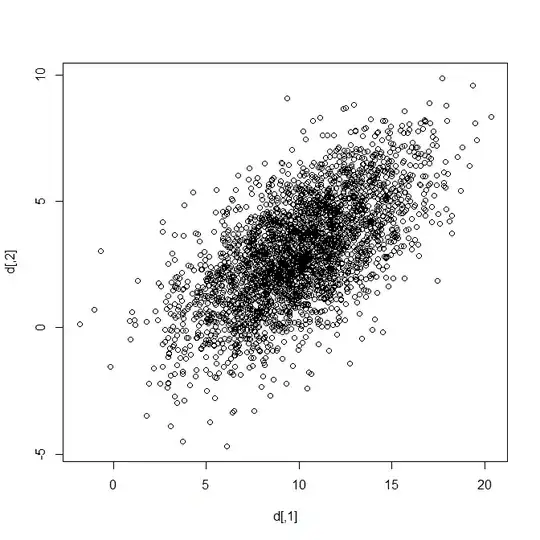With multivariate distributions, correlations between variables are important. If there is no correlation between to variable, then you basically have two univariate distributions.
Throwing two die would be a multivariate distribution, but would probably have a correlation of zero (the exceptions to this are interesting. For example, if you have two loaded dice from the same factor, the two die would probably be correlated!).
In morphometrics people study how different measurements of animals vary. For example, one might care that weight and height are correlated. You might also appreciate this article's other biology and genomic examples
If simulations help you to learn by exploring data, here's some code to help you get started exploring a multivariate normal distribution in R:
library(MASS)
Sigma <- matrix(c(10, 4, 10, 4),2,2)
d <- mvrnorm(n = 3000, mu = c(10, 3), Sigma = Sigma)
plot(d)
That produces this figure:
Edit: I corrected my answer based upon the comment.
